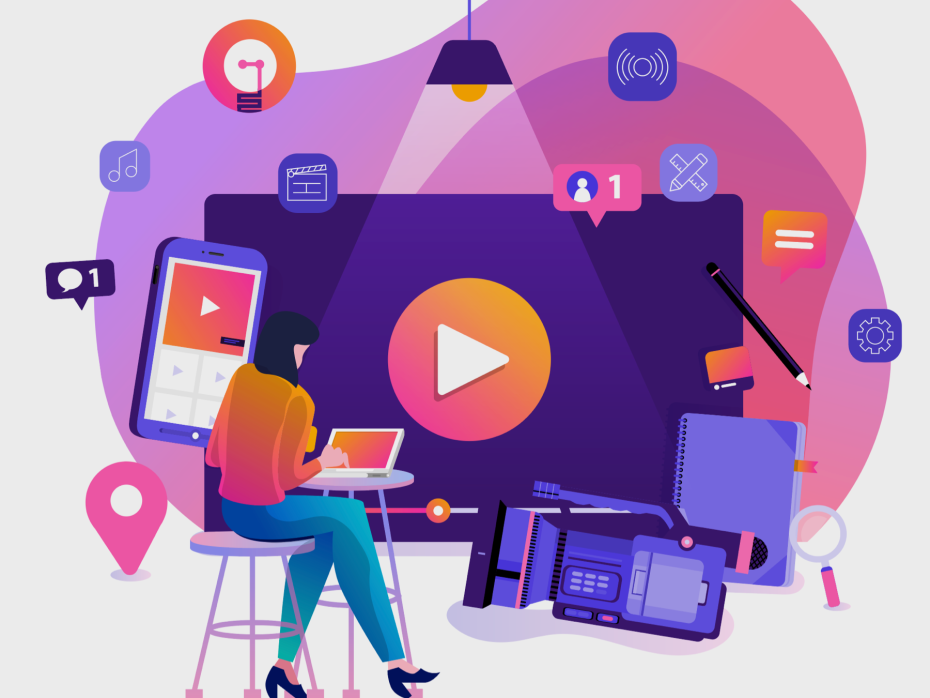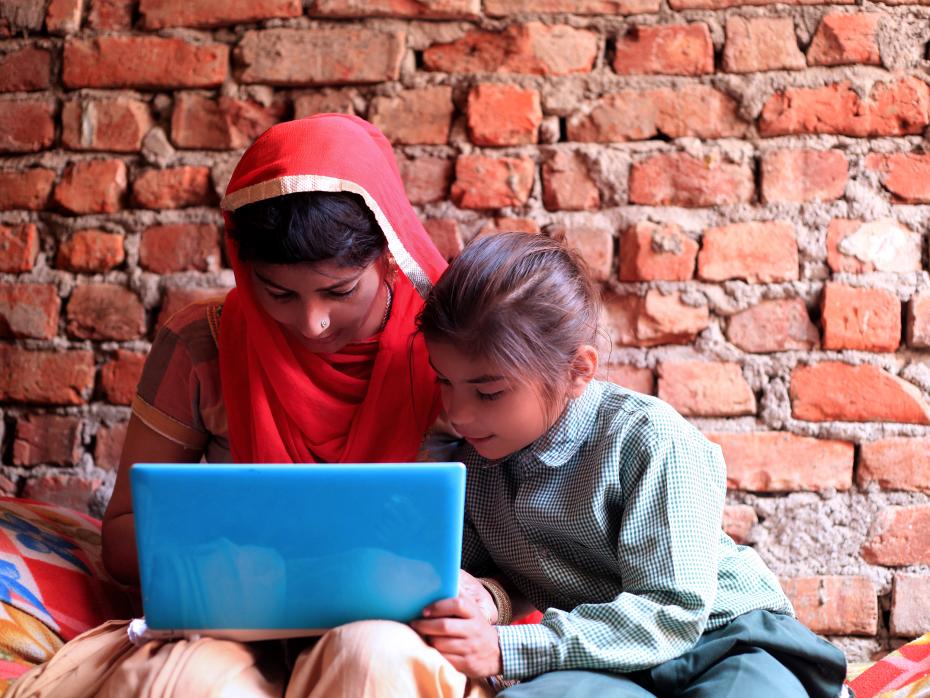
Anti-racist practice for digital and online learning
Jessica Rowland Williams, director of Every Learner Everywhere, looks at how institutions can harness technology to address systemic inequities through digital learning
You may also like
Popular resources
Key Details
Higher education has been built on foundations of inequity and injustice, meaning this is embedded within the system. Jessica Rowland Williams talks about how institutions can use digital learning to ensure an equitable education for all students, filmed as part of REMOTE, the connected faculty summit. The virtual event showcased best practice, techniques and tools for online teaching in higher education. If you’re in a rush, browse the timeline below for the key topics covered and where in the video to find them.
01:50 The background to and impact of two crises on higher education: the Covid-19 pandemic and anti-black racism
05:42 Every Learner Everywhere: what is it and what does it do?
07:18 Myth busting 1: digital learning is the solution for inequity in digital learning
08:45 Myth busting 2: “evidence-based” teaching practices are always equitable
10:20 Myth busting 3: in digital learning environments there is no way for students to be judged on their race or gender
12:53 What would anti-racist equity in digital learning look like?
14:24 Where to start? Engage in a process of exploration around existing inequities
18:06 How can educators address disparities in access to the internet and other resources needed for online learning?
20:11 How to mitigate the negative effects of implicit bias awareness?
22:03 Is diversity needed within the academic community and workforce before issues of racism and implicit bias can be dealt with?
24:54 How can educators change a system that at its foundations was set up to be inequitable?
26:53 What are the key things universities get wrong when it comes to using technology equitably?
This video was produced by REMOTE, the connected faculty summit, hosted by Arizona State University.



Comments (0)
or in order to add a comment